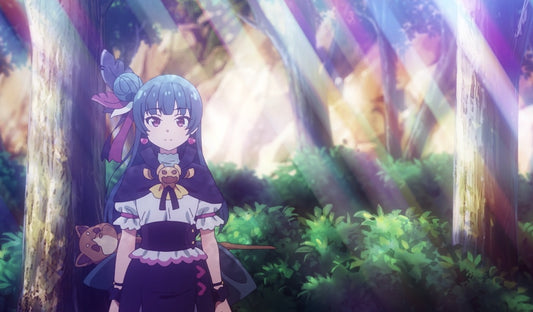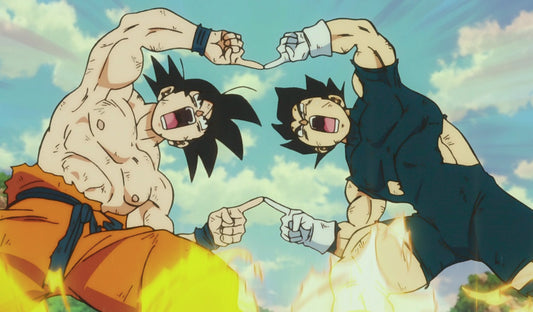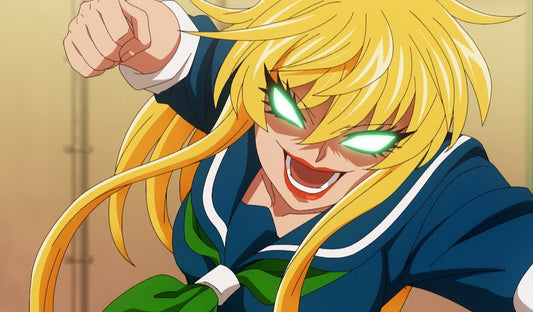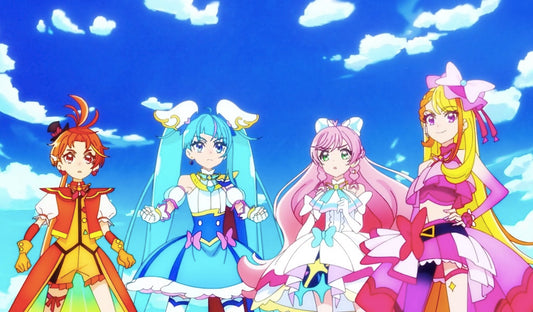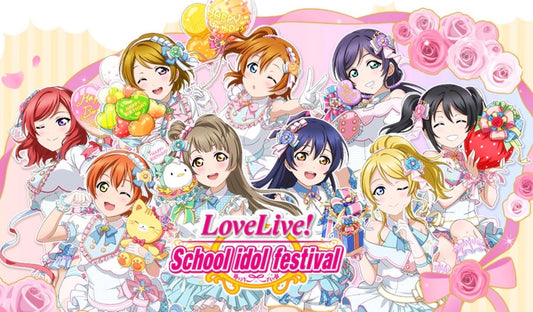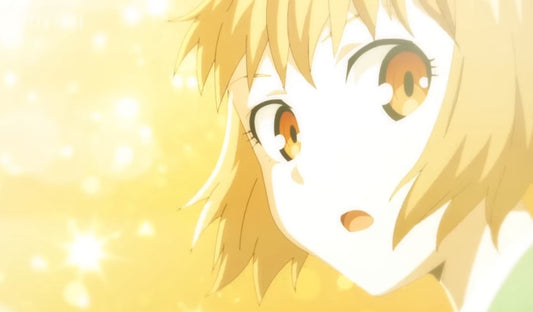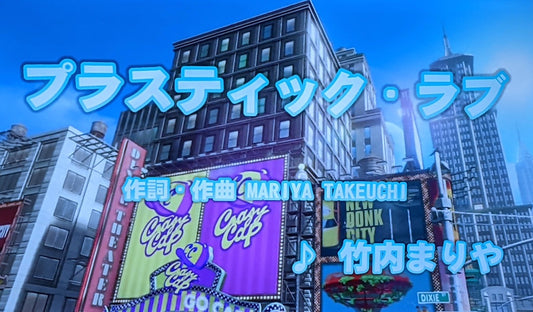Untold Stories of Octopath Traveler Development: Surpassing the Deified Pixel Art
Manatsu UShare
Octopath Traveler was awarded as ‘Nintendo Game of the Year’ at the 2018 Golden Joystick Awards. The game has astonished thousands of game-lovers across the globe with its rich story-line, unique characters, beautiful soundtrack, and sophisticated pixel arts.
As I described in my previous article, this legendary game came to birth thanks to the development team’s series of contribution in character design and illustration: assuring that the characters’ feet are “on the ground”, considering each character’s personality for the game’s package cover, and meticulously designing the characters’ costumes with pixel arts. Moreover, we have discovered that there are heart-warming background stories behind the scene of development; for instance, Ikushima’s imagination for Olberic synchronized with the personal figure of his father. Furthermore, the team had referred to public figures and actors in terms of character design.
Developed by Square Enix in collaboration with Acquire, Octopath Traveler will always be cherished. So, what are the other secret ingredients to this masterpiece? Behind the scene of its development, there are many untold stories and secret ingredients: the pixel art that surpassed the previous “deified” one.
Members of the Octopath Traveler development team
From left:
Asano, Tomoya – planning, and production
Ikushima, Naoki - character design
Miyauchi, Keisuke – director
Takahashi, Masashi - producer
The team describes the implementation of HD-2D style was the best solution for the game’s pixel art. Asano mentions that pixel art had been “deified” in people’s memories previously, which encouraged the team to consider how they could make their art special and stand out. His comments as follows: “simple pixel art would make people feel like ‘the old ones are better’, so we had ACQUIRE Corp research on what we could do, using the unreal engine, we came up with a solution: HD-2D style.” Moreover, Miyauchi describes that they reviewed the way of using point-light (releasing equally-long lights from one point in the space toward all directions) and figured out a way to let the effects of lights influence the pixel art more significantly. Asano explains that the graphic became more vivid as they implemented flashy lights at every impact during a battle as shown below:
In fact, before the team came up with HD-2D style, the team had struggled with the aesthetic aspect of illustration. Miyauchi recalls that simply using pixel art did not allow him to savor the moment of feeling “The scenery of pixel art is beautiful!” those good old RPGs on Super Nintendo gave him. Wondering what kind of adjustment would be necessary to create a nostalgic experience, the team had gone through trial and error by applying the depth of field and 3D effects until they gradually became content. According to the team, implementation of HD-2D style was decided way before January 2017, before they had introduced the game. Miyauchi says that the graphic had been even more pixelated back then and that Takahashi
describes the situation as follows “Including graphics for the ocean and water, all were designed with pixel art, but ‘This is not modernized at all!’, we were like”.
Furthermore, implementation of HD-2D pixel art played significant role in creation of the world map. The team says they wanted to create a map that makes players to feel the atmosphere, so they meticulously paid attention to the details. Miyauchi describes that the scenery of the map originally looked like all the parts were copied and pasted; nevertheless, learning from Ikushima’s retouch, Miyauchi would consider details including where to place grass and how he could place artificial fences in a way that would look natural. The stone stairs first stood out and looked weird when the shapes were continuously the same, so they had AQUIRE Corp. create a couple of different patterns of these stone stairs. Ikushima comments that he was impressed to see the grass on the world map started having motion as the team started making progresses, describing “It captures the atmosphere”. Then, Miyauchi expresses his happiness as follows: “Really! I am glad. Including the expression of dust fluttering (in the atmosphere), I paid extra attention to make sure that the audience can feel the motion of the wind.”
Mr. Ikushima whose hobby is to go hiking has special feelings for the map of the Highland region where ‘the wind is strong, and tall grass does not grow’.
Miyauchi says that the scenery of Alfyin leaving his hometown and the soundtrack that plays during the scene almost makes him tear up, explaining that he paid extra attention to the river’s surface, which shines as it reflects the sunlight.
Sunshade, Primrose’s point of departure is named after the town created in the shadow of a big rock. Takahashi finds the town unique, explaining that “It is gloomy outside, and the lumps are lit… I find the scenery unique and original.” By paying attention to details including alignment of stone and fences, movements of winds, the brightness of the water surface and even more, the team successfully gave birth to the world map.
Development of sophisticated games like Octopath Traveler must be such dedicated work, considering how it is made from scratch and how much dedication is put into it. The pixel art plays a significant role in the game, allowing players to feel as if they exist in the very moment on the world map. Next time you play Octopath Traveler, you will be even more astonished by the beauty of the pixel art and aesthetically dedicated world map.
Reference:
ロマンシング★嵯峨 編集部. ファミ通.https://www.famitsu.com/news/201807/17160714.html








